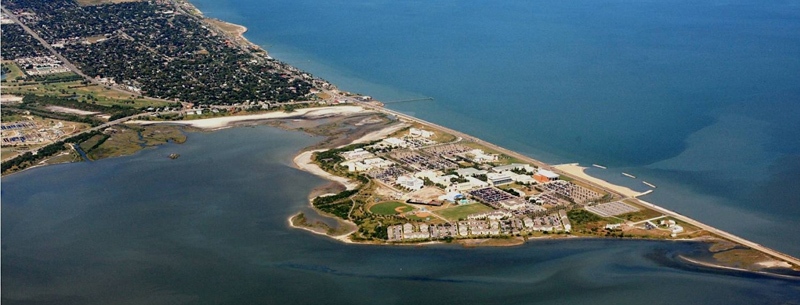Longest Stretch of Undeveloped Barrier Island in the World
Padre Island is commonly recognized as two separate islands, South Padre and North Padre on a long, thin island in the Texas Gulf. The world’s longest and undeveloped barrier island is about 130 miles in length and less than three miles wide as it stretches from Corpus Christi, on the Texas mainland to the town of South Padre. North and South Padre Island are loaded with vacation housing and short-term rentals.
North Padre Island
North Padre Island is within the city limits of Corpus Christi. However, lodging on the Island is steps from the Texas Gulf and open beaches with white sand dunes. Homes and condos on the northern portion of the island may be rented nightly or on short term lease. Some local hotels offer boat parking and ocean views. North Padre Island has lodging available for couples, families, and groups year-round.
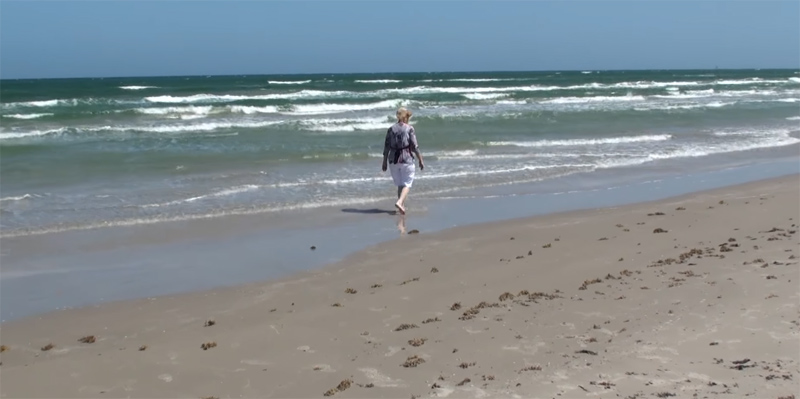
Ten miles from the Mexico border, South Padre shows a different personality from the northern part of the island. South Padre is a well-known destination for spring break activities. The far southern end of the island is a lively center for vacation activity. Condos, beach houses, and resorts are widely available to fit many interests and budgets.
South Padre Island
Primary businesses in South Padre are tourism and recreation. The southern portion of the island hosts about five million visitors a year. While claiming a population of fewer than 6,000 people, the town offers lodging in the form of condominiums, beach resorts, and private vacation homes for summer and holiday visitors, winter retirees, or fishermen year-round.
South Padre Island is one of the fastest-growing areas in the US. The year-round vacation spot enjoys mild, dry winters and warm, breezy summers. North Padre also claims moderate year-round temperatures and a prime location for surfing on the Texas Coast. While presenting their own variety of Gulf Coast activities, either town offers distinctive options for condominiums, hotels, and rentals.
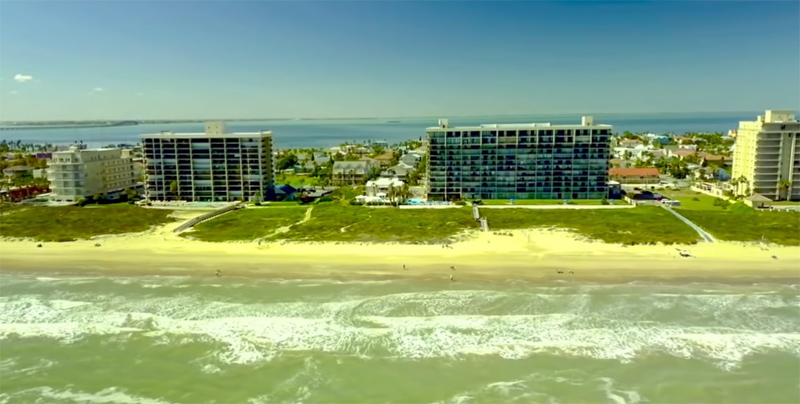
Don’t confuse Padre Island with South Padre Island, the developed resort destination for the bulk of Texas spring-break crowd. Hotels will be booked solid through March and full of vacationing college students. Hikers on Padre Island should have sunscreen, insect repellent and plenty of water. Recent acts of Congress have resulted in drilling on Padre Island National Seashore for natural gas and other mineral resources. Strict guidelines are in place to ensure the most minimal impact on the environment as is possible, but the long-term results remain to be seen.
Padre Island National Seashore
Padre Island National Seashore in North Padre is a three-hour drive from the southern portion of the island. Only twenty minutes from Corpus Christi, the northern-most part of Padre Island offers a variety of housing with beach-front views and fishing piers. North Padre properties are relaxing communities of coastal homes along the Texas Gulf, that offer easy boat and beach access.
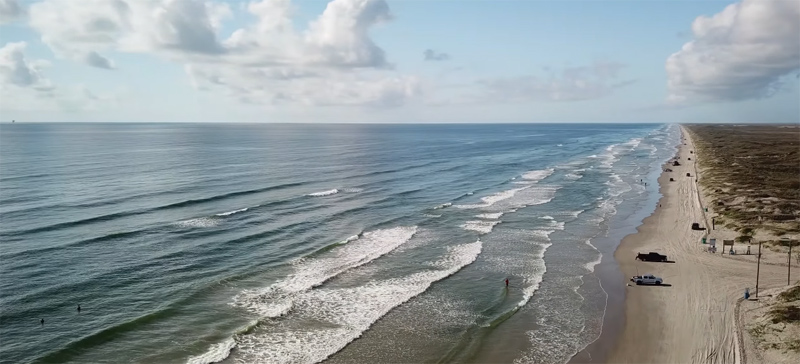
The Padre Island National Seashore constitutes the longest stretch of undeveloped beach left in the world. These 70 miles of white sand beaches and grassy dunes form a complex and important ecosystem and are home to countless species of plants and animals, both marine and terrestrial, many of which are threatened or endangered. Even some of its environments are endangered. The Laguna Madre, for example, is one of the few remaining hypersaline lagoon environments in existence. As a stop along the Central Flyway, it is also globally important to more than 350 species of migratory, over-wintering, and resident birds. The most famous sometimes residents of the island are 5 of the 7 species of sea turtles left in the world. All five are either threatened or endangered, and the Kemp’s Ridley Sea-Turtle is in the most precarious position. The conservation and breeding programs on Padre Island have begun to show some tentative signs of success, but the turtles’ future, like so many of the rare life forms found on or near Padre Island, remains in doubt.
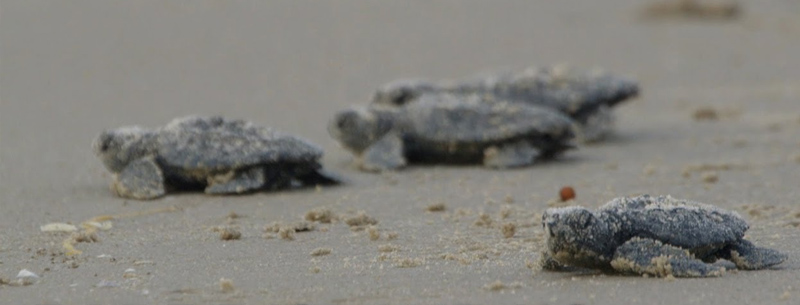
Visitors to the island have many opportunities to see its wildlife, and may even witness newly hatched turtles being released into the wild. Bird watching is particularly good on Padre Island, of course, and the relative lack of light pollution makes stargazing a joy as well. There are campsites near the entrance to the park as well as RV sites, though the latter are not provided with hook-ups. There is a Visitors Center near the entrance as well and a small grocery store a few miles south. Camping on the open beach is free with a permit. Pets are allowed on most of the island, provided they are leashed at all times.
